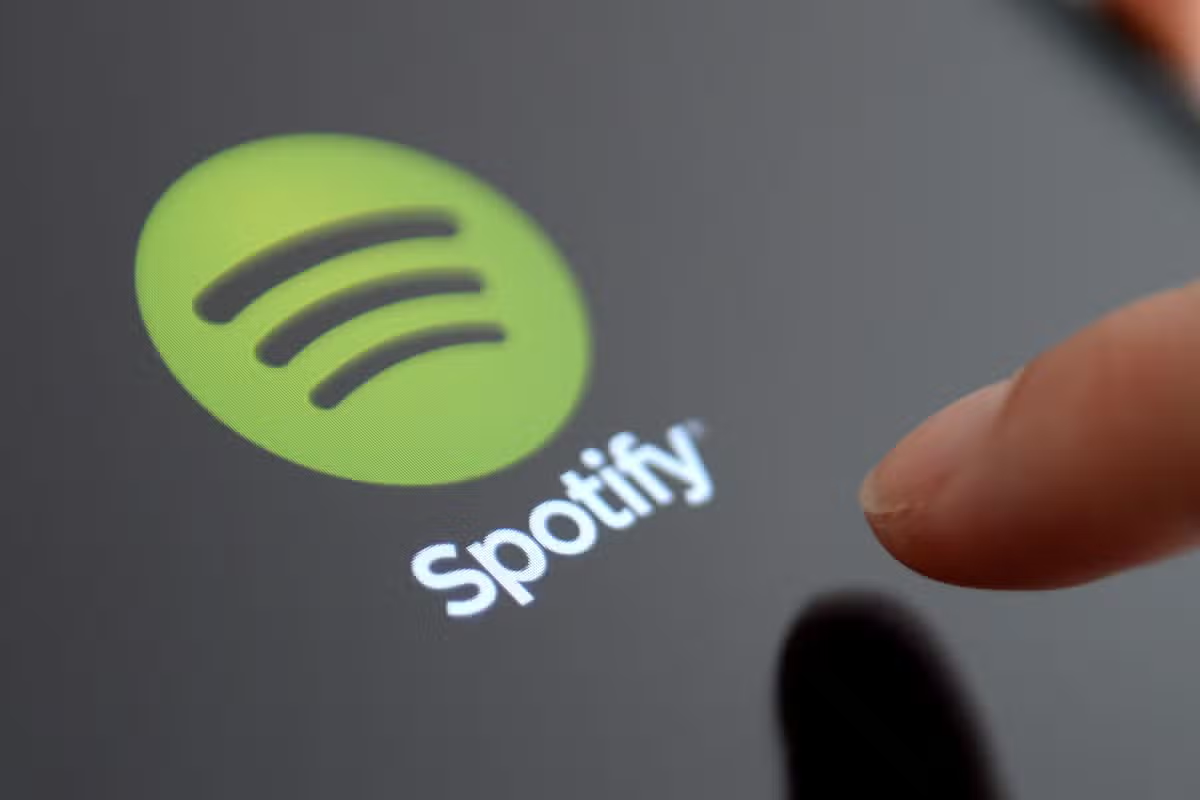In the digital age, streaming services like Spotify have become central to our daily lives, providing access to a vast library of music, podcasts, and other audio content. However, users occasionally encounter disruptions when these services experience downtime. This article explores the phenomenon of SpotifyDown—an issue that can affect millions of users globally. We will examine the causes behind Spotify outages, their impact on users and the industry, and potential solutions to mitigate such issues.
Understanding Spotify Down
“Spotify Down” refers to instances when Spotify’s streaming service is unavailable or not functioning as expected. This downtime can manifest in various ways, including:
- Complete Outage: Users cannot access the service at all, either due to server issues or technical glitches.
- Partial Disruption: Certain features or functionalities of the app are impaired, such as streaming, playlist management, or account access.
- Performance Issues: The service may be slow or unresponsive, affecting the user experience.
Causes of Spotify Downtime
Several factors can contribute to Spotify experiencing downtime:
- Server Overload: Spotify relies on a network of servers to deliver content to users. During peak times or unexpected surges in traffic, servers can become overloaded, leading to disruptions.
- Technical Glitches: Software bugs, errors, and technical glitches can cause the service to malfunction. These issues may arise from updates, changes in code, or integration problems with other systems.
- Network Issues: Problems with internet service providers (ISPs) or the broader internet infrastructure can impact Spotify’s ability to deliver content. Network congestion or outages can disrupt streaming services.
- Maintenance and Upgrades: Scheduled maintenance or upgrades to Spotify’s infrastructure can result in temporary downtime. While these activities are necessary for improving the service, they can affect user accessibility.
- Cyberattacks: DDoS (Distributed Denial of Service) attacks and other forms of cyberattacks can overwhelm Spotify’s servers, leading to outages. Such attacks are often targeted at disrupting services or demanding ransom.
- Content Delivery Network (CDN) Issues: Spotify uses CDNs to distribute content efficiently across the globe. Problems with CDNs, such as connectivity issues or server failures, can affect the availability of content.
- Third-Party Integrations: Spotify’s integration with third-party applications and services can sometimes introduce vulnerabilities or conflicts that lead to disruptions.
- User Errors: Occasionally, issues may arise from user actions, such as incorrect settings or troubleshooting attempts that inadvertently cause problems.
The Impact of Spotify Downtime
The impact of SpotifyDown can be significant, affecting various stakeholders:
- Users: For users, downtime disrupts their access to music, playlists, and podcasts, potentially leading to frustration and inconvenience. It can affect daily routines, moods, and entertainment experiences.
- Content Creators: Artists, podcasters, and other content creators rely on Spotify for revenue and audience engagement. Downtime can impact their ability to reach listeners and generate income.
- Spotify’s Brand: Frequent or prolonged outages can damage Spotify’s reputation, leading to negative media coverage and loss of user trust. Maintaining service reliability is crucial for brand loyalty.
- Business Operations: For Spotify, downtime can lead to financial losses, increased operational costs, and resource allocation challenges. Addressing technical issues and managing user complaints are essential for maintaining business continuity.
- Industry Competitors: Downtime can create opportunities for competitors to attract dissatisfied Spotify users. Competitors may capitalize on outages by offering promotions or superior service experiences.
Historical Examples of Spotify Downtime
Several notable instances of Spotify downtime highlight the challenges the service faces:
- 2015 Outage: In December 2015, Spotify experienced a significant outage that affected users worldwide. The issue was attributed to a technical glitch during a routine update. The downtime lasted several hours and prompted an apology from Spotify.
- 2018 Global Outage: In April 2018, Spotify faced a global outage that prevented users from accessing their accounts or streaming content. The outage was caused by a server issue and lasted for several hours before being resolved.
- 2021 Disruptions: In 2021, Spotify encountered intermittent outages affecting various regions. The issues were linked to problems with its CDN and network infrastructure. The disruptions led to widespread user complaints and discussions on social media.
Strategies for Addressing and Preventing Downtime
To manage and mitigate downtime, Spotify employs several strategies and best practices:
- Robust Infrastructure: Investing in a resilient and scalable infrastructure helps ensure that Spotify can handle high traffic volumes and unexpected surges. This includes maintaining a network of reliable servers and CDNs.
- Monitoring and Alerts: Implementing comprehensive monitoring systems allows Spotify to detect issues early and respond quickly. Real-time alerts help identify and address potential problems before they escalate.
- Regular Maintenance: Scheduled maintenance and updates are essential for keeping the service running smoothly. Spotify plans these activities to minimize disruptions and communicate with users about potential impacts.
- Disaster Recovery Plans: Developing and testing disaster recovery plans ensures that Spotify can quickly recover from major outages or technical failures. These plans include backup systems, redundancy measures, and response protocols.
- Security Measures: Enhancing security measures helps protect Spotify from cyberattacks and malicious activities. This includes implementing firewalls, encryption, and DDoS protection to safeguard the service.
- User Communication: Clear and timely communication with users during outages is crucial. Providing updates on the status of the issue and estimated resolution times helps manage user expectations and reduce frustration.
- Feedback and Improvement: Gathering feedback from users and analyzing outage incidents helps Spotify identify areas for improvement. Continuous improvement based on real-world experiences contributes to better service reliability.
- Collaboration with Partners: Working closely with ISPs, CDN providers, and other partners helps address network and infrastructure issues that may impact service availability. Collaborative efforts ensure a more seamless user experience.
The Role of Social Media in Reporting Outages
Social media platforms play a significant role in how users report and discuss outages:
- User Reports: Users often turn to social media to report outages, seek assistance, and share their experiences. Platforms like Twitter and Reddit become active channels for discussing service disruptions.
- Official Communication: Spotify uses social media to provide updates and communicate with users during outages. Official accounts share information about the status of the issue, expected resolution times, and any steps users should take.
- Community Support: Social media fosters community support among users. People share troubleshooting tips, workarounds, and support each other during service disruptions.
- Media Coverage: Outages often attract media attention, and social media discussions can amplify the impact. News outlets may report on significant disruptions, affecting Spotify’s public perception.
Future Directions and Innovations
As streaming technology continues to evolve, several future directions and innovations could impact how Spotify manages downtime:
- AI and Machine Learning: Leveraging AI and machine learning for predictive analytics and automated issue resolution can enhance Spotify’s ability to anticipate and address problems before they impact users.
- Edge Computing: Implementing edge computing strategies can improve service reliability by processing data closer to users and reducing reliance on centralized servers.
- Blockchain Technology: Exploring blockchain technology for decentralized content distribution and secure transactions could offer new ways to enhance service reliability and security.
- User Experience Enhancements: Focusing on user experience improvements, such as offline access and adaptive streaming quality, can reduce the impact of temporary disruptions and enhance overall satisfaction.
- Collaborative Solutions: Partnering with industry stakeholders, including other streaming services and technology providers, can lead to collaborative solutions for addressing common challenges and improving service reliability.
Conclusion
The phenomenon of SpotifyDown underscores the challenges faced by digital streaming services in maintaining constant availability and reliability. Understanding the causes of downtime, the impact on various stakeholders, and the strategies for addressing and preventing issues is essential for both users and service providers.
Spotify’s approach to managing downtime involves a combination of robust infrastructure, proactive monitoring, clear communication, and continuous improvement. As technology advances, innovative solutions and collaborative efforts will play a crucial role in enhancing service reliability and minimizing disruptions.
For users, staying informed and understanding how to navigate outages can help mitigate frustration during service disruptions. As Spotify and other streaming services continue to evolve, ongoing efforts to improve reliability and user experience will contribute to a more seamless and enjoyable digital entertainment landscape.



